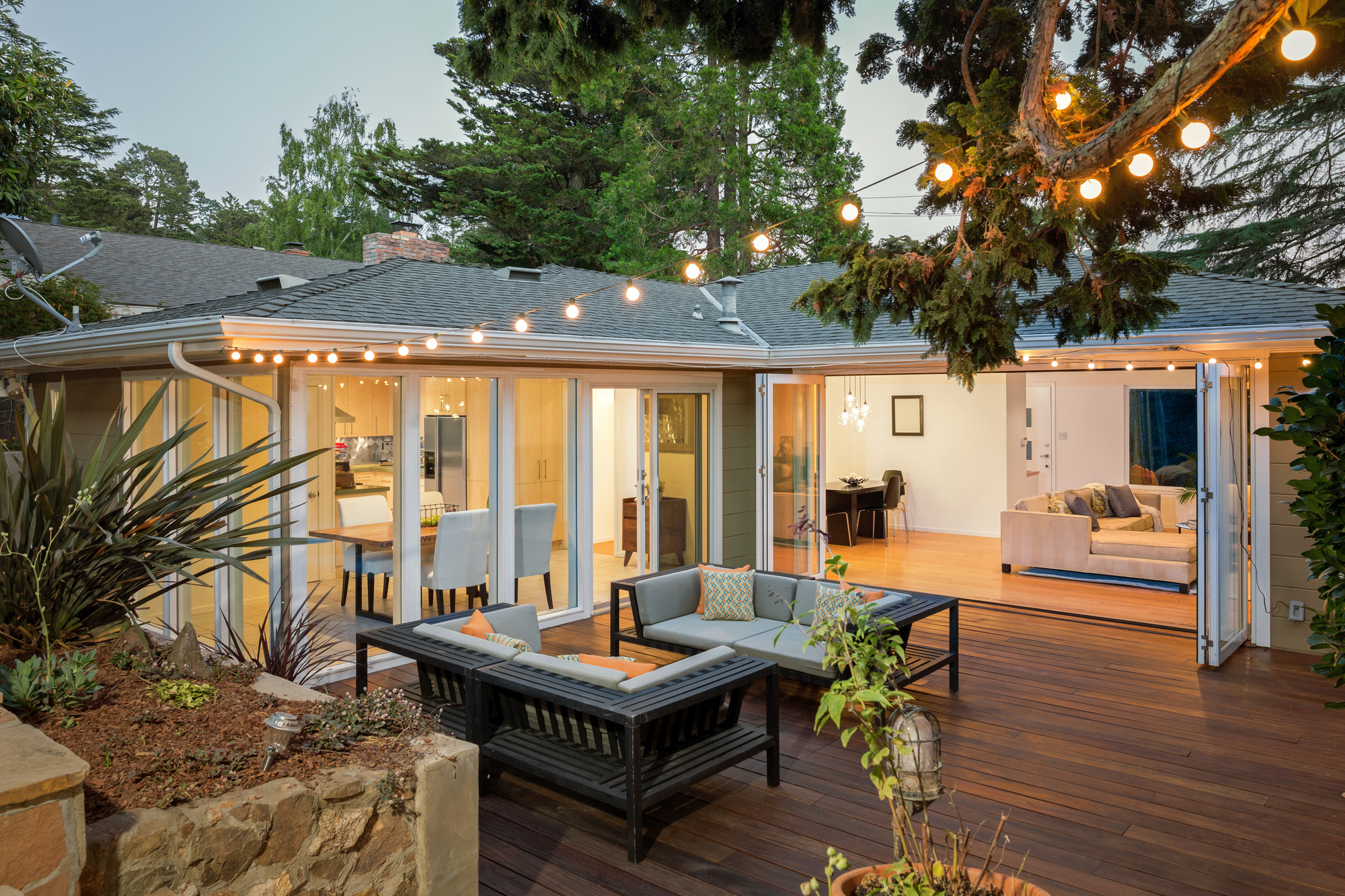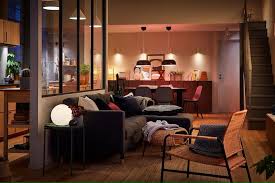Want to light up your dull-looking home as well as improve the design and mood?
Lighting can change a lot in a room, such as the atmosphere, mood, space, and productivity. Certain room lighting can make you feel calmer or more awake and alert. It can also affect your eyesight, energy, and mood as well as cause headaches or eye strain.
It’s time to update your fixtures and lights to brighten your rooms. Here are a few home lighting tips to ensure that you know how to light a house properly. Read on to get 11 home lighting ideas.
1. Create a Lighting Plan
When lighting a home from scratch, you need to build a lighting plan that plans out all the essentials. You should know which rooms get more lights or fewer accents. Start by studying the electrical plans of your home and create a budget for your lights.
Think about the activities that take place in every room, such as eating, relaxing, or working. Know the key features that you want to highlight in each room. Consider planning the scale, style, output, color temperature, and type of the lights.
Why not talk to your local builders to get an expert’s view on which lights you should buy and where you should place them.
2. Consider Lights That You Can Control
Controlling the intensity and color of your lights can help with the mood of the room. Take advantage of new light technology where you can control your lights from afar with a remote for your phone. With new apps and features, you can control your home’s entire lighting, temperature, and more.
A great example is dimmers. This type of lighting allows you to reduce the flow of electricity going to the bulb. Dimmers can help you lower your energy bills and change a room’s atmosphere.
3. Find a Lighting Focal Point
Not all kinds of lights, such as lamps, chandeliers, or sconces, have the same shape. When you enter a room, your eyes follow for the best-looking object in a room. Why not make use of your lights to be a focal point in your rooms.
For example, place a chandelier as the focal point of your living room or dining room. Smaller rooms can have vintage-inspired sconces or floor lamps that flaunt a certain object like wall art. This helps make a big room look smaller or bigger, brighter, and more aesthetic to the eyes.
4. Know the Type of Atmosphere You Want to Create
The color scheme of your space and certain items, such as well color and furniture, can play a role in a room’s atmosphere. Rooms decorated in earth tones can project a sensation of warmth. To match the warmer shades, use lights that give out a warm light with yellowish tones.
On the other hand, rooms with shades of green, blue, and gray can look much colder. For darker spaces, use cool white lights, which are also ideal for decorative lighting. If you have a room with a mix of both tones, go for neutral white light bulbs.
5. Don’t Forget About Task Lighting
If you work or study in a certain area, why not use task lighting to have proper lighting dedicated to shining on what you’re doing. This also removes shadows and glares on your paperwork or monitor.
Go for articulated or adjustable desk lamps to light exactly where you work the most and support your various tasks. You can set up a well-defined light source on each of your workstations. This includes a filing area, reading chair, desk for computer work, or table for reviewing layouts.
6. Take Advantage of Natural Light
Don’t ignore the benefits of natural light coming from your windows or skylights. Sunlight has a warm light that can help improve your working environment. However, it’s best to position your work surfaces to face away from natural light to avoid glare.
7. Replace All Old Lighting
If you have light bulbs that are over a year old, it may be time to change those lights. Many light manufacturers now have energy-star labeled bulbs that can affect your home’s energy conservation. With energy-efficient lights, you can cut your energy use and energy costs per bulb.
8. Install Night Lighting In Your Bedroom
Another factor you have to consider for your interior lights is the night lights present in your bedrooms. Night lighting is helpful if you have children who sleep in separate rooms. It reduces your children’s fear of the dark and assists you in navigating in their room during a night emergency.
9. Use Decorative Lights for Empty Walls
If you don’t know what to hang on your empty walls, adding fixtures may solve your problem. It acts as accent lighting to highlight themselves, acting as your wall decoration.
10. Choose the Right Bulbs
Your bulb choice makes a huge difference to the room. You have to consider the bulb’s brightness, your focal statement, atmosphere, and frequency of use. Start by ensuring that your new lights have the correct fitting, from B22 to MR16.
You also have to find the best shape that matches your aesthetic. A few common bulb shapes include:
- Stick
- Downlight
- Globe
- Spot
- Candle
- Spiral
- Traditional
- Golf
It’s best to find the best quality bulb that matches your need and design. Choose between halogens, LEDs, incandescent, CFLs, and fluorescents.
11. Light Up Your Exterior
Your exterior lights are as important as your interior lights. To ensure that your home is safe from outsiders, you need to have well-illuminated walkways, hallways, and patios. You can reduce injuries caused by tripping and deter intruders from breaking into your house.
Make Your Home Feel More Welcoming With Proper Home Lighting
Home lighting can do a lot to your mood, space, colors, efficiency, and so on. Changing your lights may seem like a tedious task, especially if you have little to no knowledge. However, with these tips, you’ll have a brighter home with elegant illumination.
Get to know more about the lighting in your home by checking out the rest of our guides.











